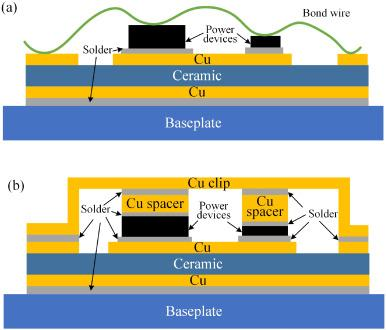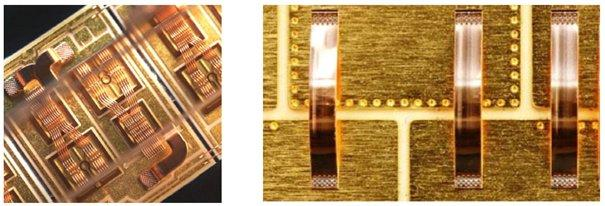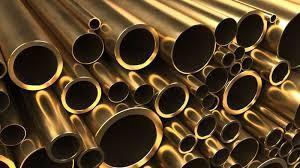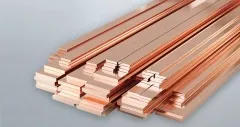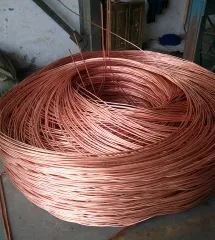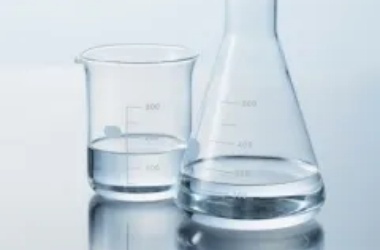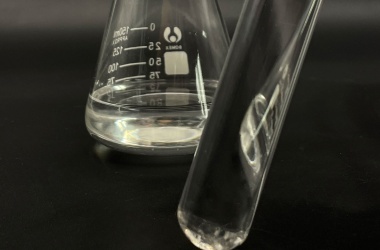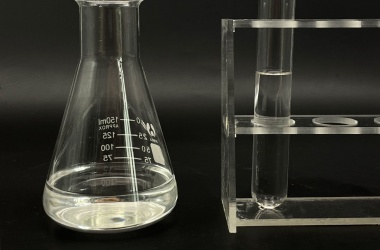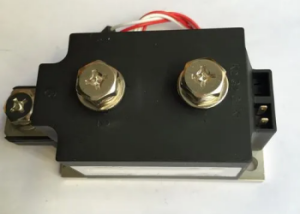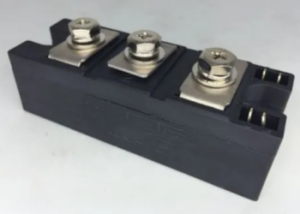Power chips are attached to outside circuits through packaging, and their efficiency depends upon the support of the packaging. In high-power circumstances, power chips are usually packaged as power modules. Chip affiliation describes the electrical connection on the top surface of the chip, which is normally light weight aluminum bonding cord in standard modules. ^
Typical power module bundle cross-section
At present, industrial silicon carbide power components still mostly utilize the product packaging innovation of this wire-bonded traditional silicon IGBT component. They face issues such as large high-frequency parasitical criteria, insufficient heat dissipation capability, low-temperature resistance, and inadequate insulation toughness, which restrict using silicon carbide semiconductors. The display screen of excellent efficiency. In order to fix these issues and totally make use of the huge possible advantages of silicon carbide chips, lots of new product packaging innovations and options for silicon carbide power modules have arised in the last few years.
Silicon carbide power module bonding approach
(Figure (a) Wire bonding and (b) Cu Clip power module structure diagram (left) copper wire and (right) copper strip connection process)
Bonding products have actually established from gold wire bonding in 2001 to light weight aluminum cord (tape) bonding in 2006, copper cable bonding in 2011, and Cu Clip bonding in 2016. Low-power tools have actually developed from gold wires to copper cables, and the driving pressure is expense reduction; high-power tools have actually developed from light weight aluminum wires (strips) to Cu Clips, and the driving pressure is to improve item efficiency. The greater the power, the higher the demands.
Cu Clip is copper strip, copper sheet. Clip Bond, or strip bonding, is a packaging process that makes use of a solid copper bridge soldered to solder to link chips and pins. Compared to typical bonding packaging techniques, Cu Clip modern technology has the adhering to benefits:
1. The connection between the chip and the pins is constructed from copper sheets, which, to a particular degree, changes the standard cord bonding approach between the chip and the pins. Consequently, an unique bundle resistance value, higher current circulation, and far better thermal conductivity can be acquired.
2. The lead pin welding location does not require to be silver-plated, which can completely save the expense of silver plating and inadequate silver plating.
3. The item appearance is completely constant with typical items and is primarily used in web servers, portable computers, batteries/drives, graphics cards, motors, power supplies, and various other fields.
Cu Clip has two bonding techniques.
All copper sheet bonding approach
Both eviction pad and the Resource pad are clip-based. This bonding technique is a lot more pricey and complex, however it can accomplish better Rdson and far better thermal results.
( copper strip)
Copper sheet plus cable bonding approach
The source pad makes use of a Clip technique, and the Gate utilizes a Cord technique. This bonding method is slightly less expensive than the all-copper bonding technique, saving wafer area (appropriate to very small gate locations). The procedure is less complex than the all-copper bonding approach and can acquire much better Rdson and better thermal impact.
Vendor of Copper Strip
TRUNNANO is a supplier of surfactant with over 12 years experience in nano-building energy conservation and nanotechnology development. It accepts payment via Credit Card, T/T, West Union and Paypal. Trunnano will ship the goods to customers overseas through FedEx, DHL, by air, or by sea. If you are finding copper silver, please feel free to contact us and send an inquiry.
Inquiry us
